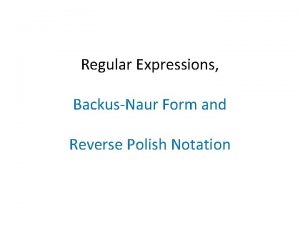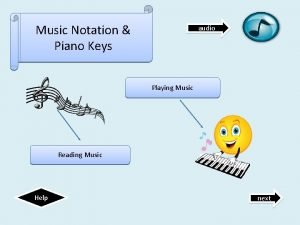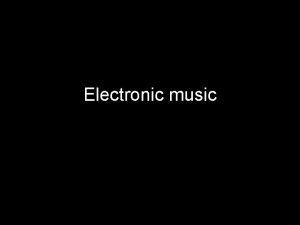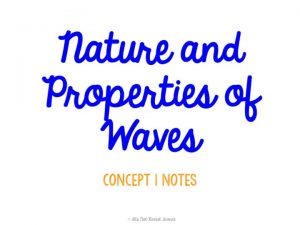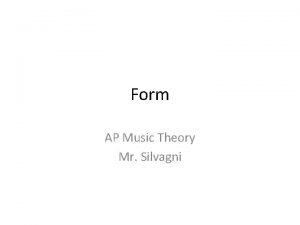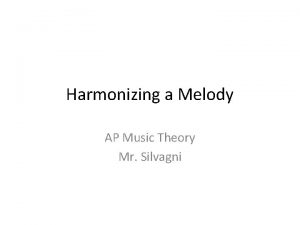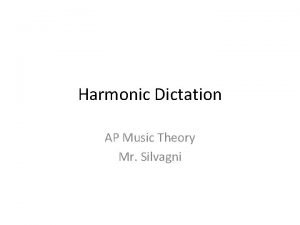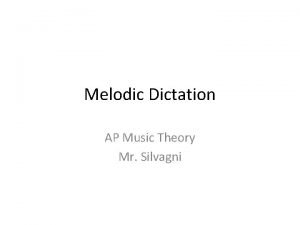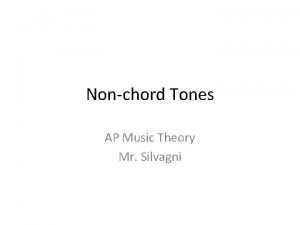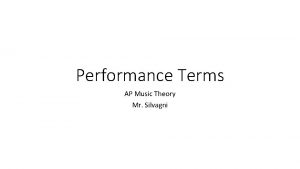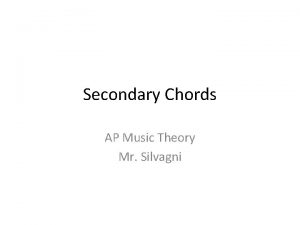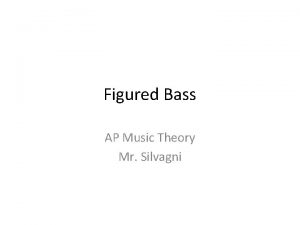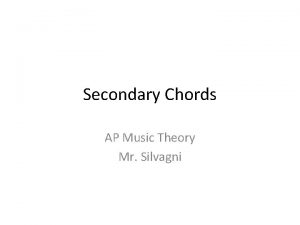Rhythmic Notation AP Music Theory Mr Silvagni What













- Slides: 13

Rhythmic Notation AP Music Theory Mr. Silvagni

What is Rhythm? • Rhythm is how music moves • It is how close or far apart notes are played together • It makes music interesting

What are the notes?

What are the rests?

Breve or Double Whole Note

What do these notes mean? • Nothing…without a time signature • Time Signature: an indication of rhythm, following a clef, with the bottom number defining the beat and the top number giving the number of beats in each measure

Time Signature

Example

Other Time Signatures

Meter • Time signatures are defined into meter types • Meter describes not only how many beats, but how the music will feel • Simple Meter – the beat note will divide into 2 equal parts • Compound Meter – the beat note will divide into 3 equal parts • Complex Meter – the beat note will divide into both 2 and 3 parts

Meter Types • Duple Meter – there are two strong beats in a measure • Triple Meter – there are three strong beats in a measure • Quadruple Meter – there are four strong beats in a measure

Meter Types Simple Duple – 2/4, 2/2, 2/8, 2/16, 2/1 (2) Simple Triple – 3/4, 3/2, 3/8, 3/16, 3/1 (3) Simple Quadruple – 4/4, 4/2, 4/8, 4/16, 4/1 (4) Compound Duple – 6/4, 6/2, 6/8, 6/16, 6/1 (6) Compound Triple – 9/4, 9/2, 9/8, 9/16, 9/1 (9) Compound Quadruple – 12/4, 12/2, 12/8, 12/16, 12/1 (12) • Complex Duple – 5/4, 5/2, 5/8, 5/16, 5/1 (5) • Complex Triple – 7/4, 7/2, 7/8, 7/16, 7/1 (7) • Complex Quadruple – 10/4, 10/2, 10/8, 10/16, 10/1, 11/4, 11/2, 11/8, 11/16, 11/1 (10 and 11) • • •

Beaming • From eighth notes and below, note beaming needs to show where the beats are • Simple meters: beam notes in groups of 2 or 4 • Compound meters: beam notes in groups of 3 or 6 • Complex meters: beam notes in groups depending on length of beats
 Music music music
Music music music What is engineering notation
What is engineering notation Postfix to infix conversion
Postfix to infix conversion Reverse regular expression
Reverse regular expression Reversed polish notation
Reversed polish notation Koto score
Koto score Music notation
Music notation Music symbols and meanings
Music symbols and meanings Romantic period instrument
Romantic period instrument Monophonic texture
Monophonic texture Employs electronic musical instruments
Employs electronic musical instruments Pamulinawen musical form
Pamulinawen musical form A rhythmic disturbance that carries energy
A rhythmic disturbance that carries energy Waves are rhythmic disturbances that carry
Waves are rhythmic disturbances that carry



